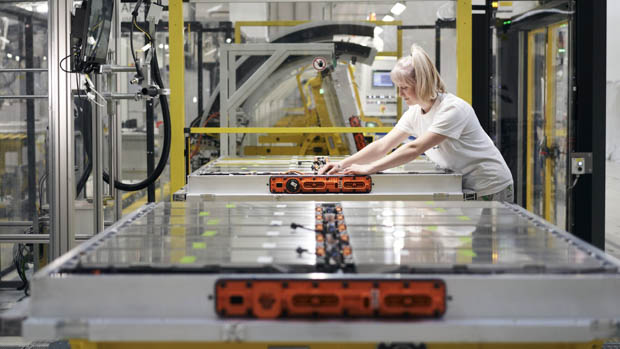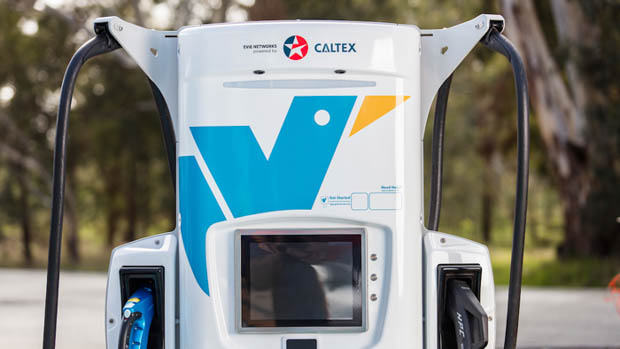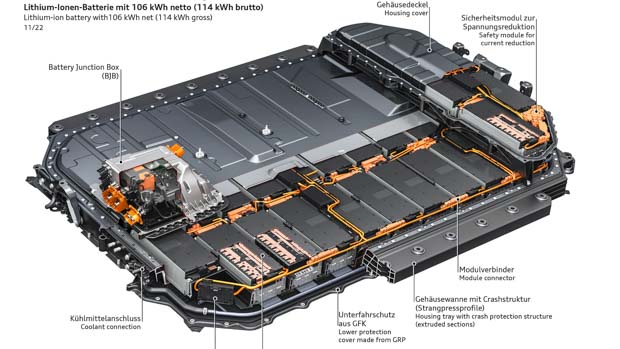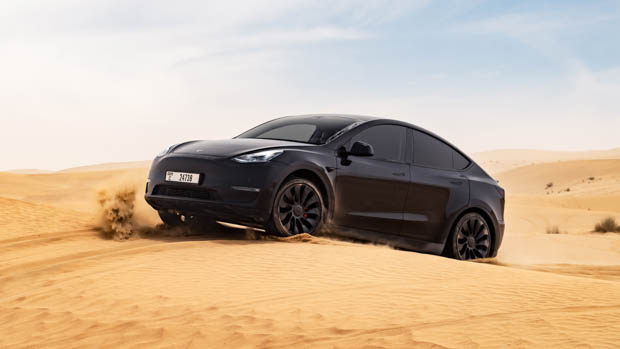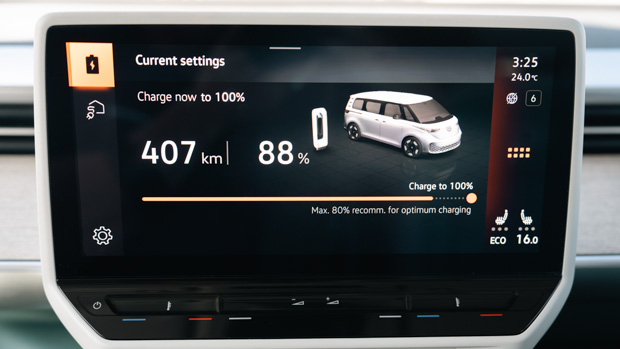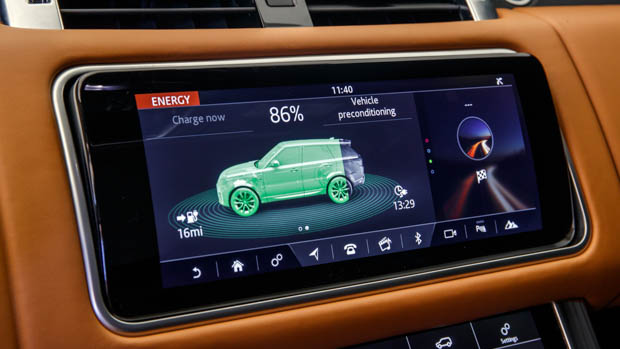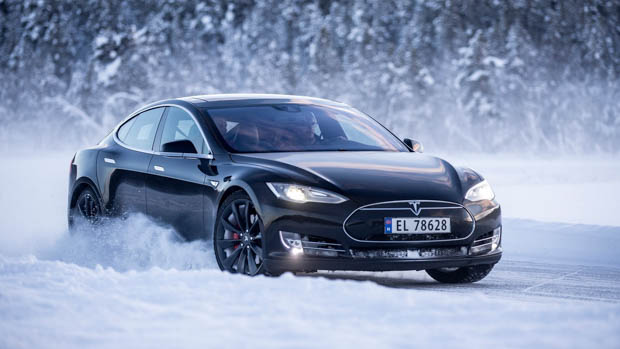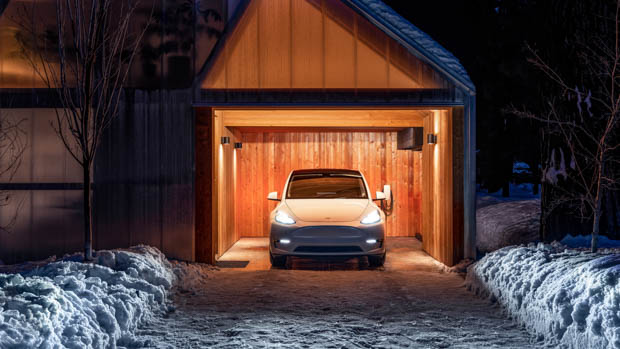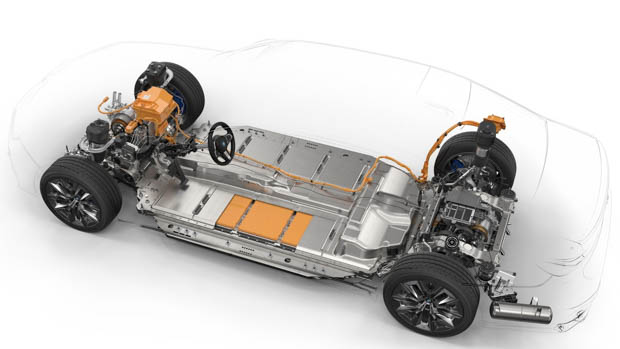-
Car Reviews
- All reviews
- Midsize SUVs
- Small cars
- Utes
- Small SUVs
- Large SUVs
- Large cars
- Sports SUVs
- Sports cars
- Vans
Latest reviews
- Car News
-
Car Comparisons
Latest comparisons
- Chasing Deals
There are some important steps you can take to make sure you get a long life out of your EV’s battery
EV ownership is more than just plugging your vehicle in for a charge when the battery gets low. With a few tips and tricks up your sleeve, you’ll be able to keep your EV working at its optimal level and extend its lifespan for as long as possible.
Here are some of our tips and suggestions on what you should do in order to prolong the service life of your battery and ensure happy travels on the road.
Replacing an EV battery can be a very costly exercise, and could set you back thousands of dollars. We’ve previously reported that a battery replacement for a Tesla Model 3 could cost as much as $15,000 if it’s outside of warranty.
Please note that some EVs will have differences in terms of battery chemistry, capacity, and thermal management systems to others on the market. This article acts as a general guide for current EVs on the market, and specific tailoring may be needed for true optimisation.
It may be tempting (albeit expensive!) to always take your EV down to the nearest 150kW, 200kW, or 350kW DC public charger but excessive fast-charging can, over time, accelerate wear and tear on the battery.
Batteries – like internal combustion engines – have a specific operational lifespan. And, like internal combustion engines, will unintentionally cannibalise that lifespan early on if forced to operate at peak output.
Akin to an internal combustion engine consuming excessive amounts of fuel or oil (or needing more frequent servicing) if asked to operate at peak rpm and load, a battery will experience similar wear and tear if asked to replenish itself at its peak charge rate (kW) over the course of ownership.
Of course, EVs counter this with clever engineering workarounds (extensive thermal management systems, complex charging algorithms, and highly-advanced power control units and inverters are some of the more basic ones) and are aggressively evolving as a technology itself year-by-year, but the fact remains that excessive fast-charging does put more strain on a battery.
As a result, try to limit your EVs ‘rate of charge’ – this is measured by kW – as much as possible, and try to prioritise more moderate rates of charge, often delivered by AC (alternate current) charging, at home.
Not only will this put less strain on your battery, it’s also much, much cheaper!
This could prove tricky for somewhere as hot and humid as Australia, but a wise idea is to park your EV in the shade or under cover in a garage when not being used.
In the Middle East – or central Australia – where temperatures can easily hit 45 degrees celsius for long periods of time, keeping your EV cool may be a serious challenge.
Generally speaking, the ideal temperature for EV batteries is between 15-30 degrees celsius, with 20-25 being a little better – so try to keep it around that.
Most EVs today have charge settings built into their infotainment software, accessed via the central touchscreen, that will allow you to set a charge limit.
A charge limit will tell the car’s computer to only take enough electricity to get to that nominated charge point. It’s usually recommended that you only charge the car to a maximum of 80 percent where the battery is happiest.
But won’t that mean I get less range?
Yes – that’s definitely true. Less battery state of charge means the range of the vehicle will be lower. However, in the long term, your battery will likely be a lot healthier and will last longer. Eat a bit now, save some for later.
The current design of lithium-ion batteries requires the use of an electrically-conductive liquid called an electrolyte. When the temperature drops in winter, it slows the chemical reactions through the electrolyte down, affecting not only the internal electrical efficiency, but also range and current state of charge.
This negatively impacts lifespan because when a battery has a lower state of charge, it will need to be replenished by the driver. This act of battery discharge, recharge, discharge, and recharging over-and-over is called a ‘charge cycle’.
Batteries can only take a certain amount of ‘charge cycles’ before their internals start to wear out (specifically, the anode and cathode) and become less effective at storing and transferring energy.
The consequence of this is a reduced battery capacity.
As the battery capacity goes down, the need for the driver to recharge will become more frequent. This means more charge cycles, which means more wear on the battery, which means a reduced capacity, and more frequent charging – over and over, multiplying each occurrence. You can see how this creates a negative feedback loop.
It’s not uncommon these days for EV manufacturers to test their vehicles in extreme weather situations, such as in the snow or the desert, however battery preconditioning has somewhat solved this problem for EV range.
If you happen to run out of battery when you’re out on the road, don’t stress. These things happen. However, you wouldn’t want to run the battery to zero, or ‘deep discharge’, too often.
By letting your battery go down to its last drop of stored electricity, you could damage the battery, which could lead to further deterioration.
Reduced performance and ability to hold charge are also possible.
The good news is that electric vehicles have a net battery size and a usable battery size. For example, a 2023 Hyundai Ioniq 5 Dynamiq has a 77.4kWh net capacity, but just 74kWh is actually usable. This creates a buffer zone to ensure the battery does not drain to zero completely.
Think of it like a reserve tank in a petrol or diesel car. Even if the needle hits empty on your fuel gauge, there is likely some left to get you to the nearest station.
Additional reporting by James Lisle
Latest guides
About Chasing cars
Chasing Cars reviews are 100% independent.
Because we are powered by Budget Direct Insurance, we don’t receive advertising or sales revenue from car manufacturers.
We’re truly independent – giving you Australia’s best car reviews.
